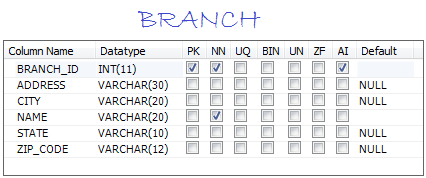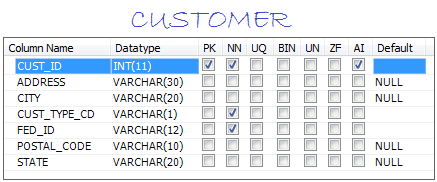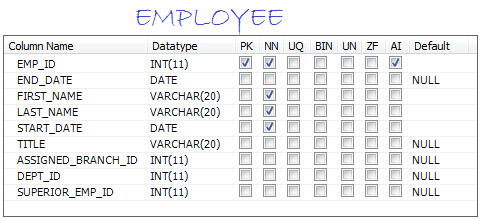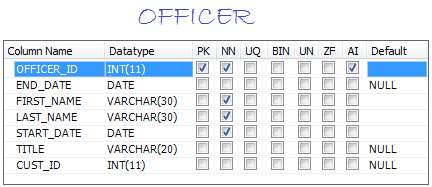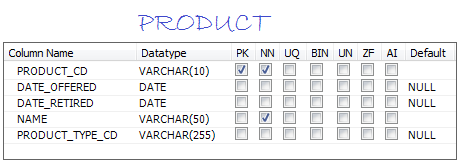Sample MySQL Database for Learning SQL
1. Introduction
LearningSQL is a small database, used as an example in the instructions of learning SQL on the website of o7planning. There are 3 version on Databases:
- Oracle
- MySQL
- SQLServer
In this article, I will instruct you to create this database in MySQL.
This database is made for example in the study guide SQL (MySQL) at:
2. Download Script
Download script at:
With MySQL, you just need to care about the file:
- LearningSQL-MySQL-Script.sql
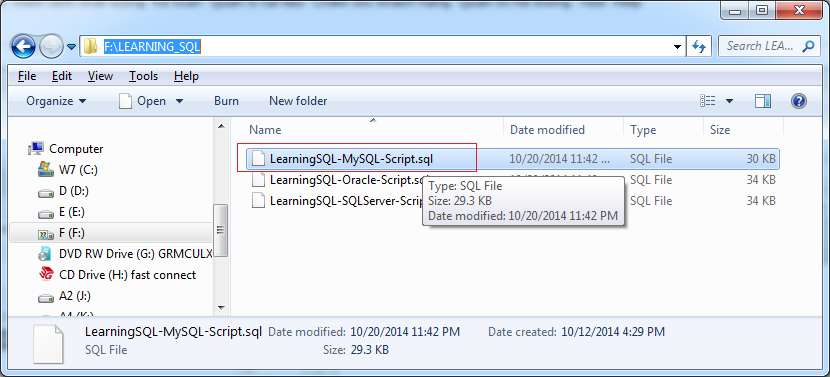
3. Run Script
Create SCHEMA LearningSQL in MySQL Workbench
Create Schema named learningsql:
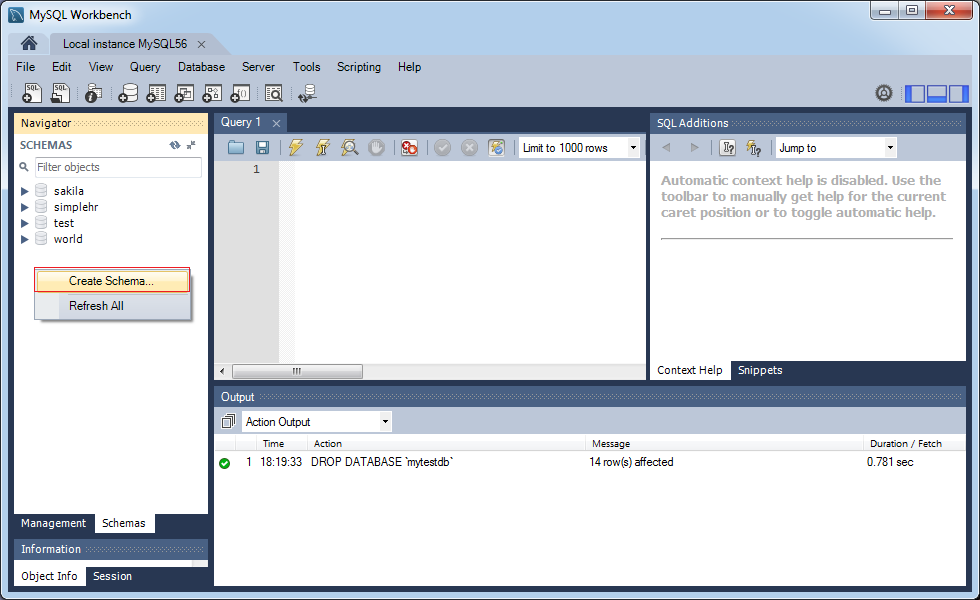
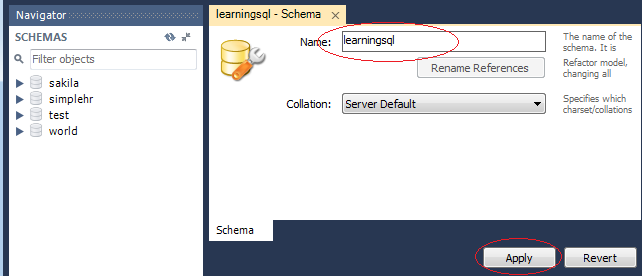
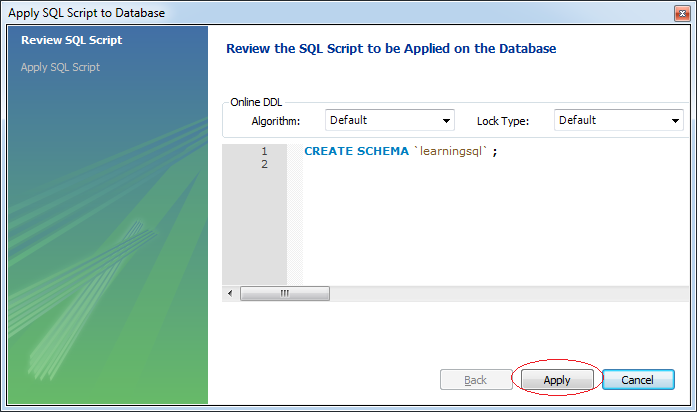
After Schema has been created, right-click on Schema, set up to default Schema to work.
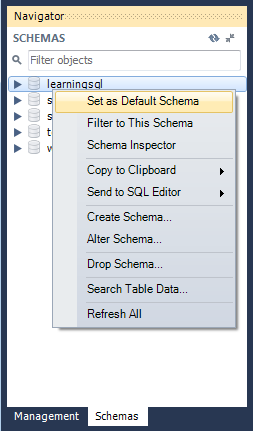
Copy content of LearningSQL-MySQL-Script.sql and execute in SQL window.
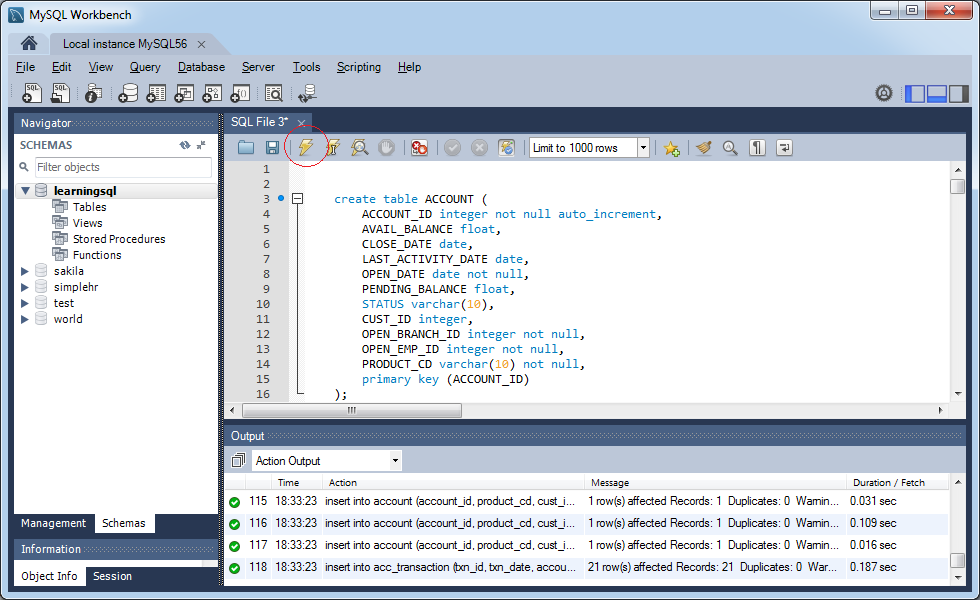
Running successfully.
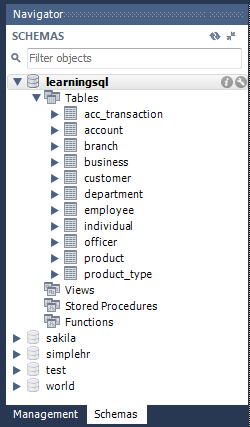
4. Overview LearningSQL Database
LearningSQL is a small database simulating the data of a bank:
Table Name | Description |
ACCOUNT | The table saves the bank accounts. Each of customer can register multiple accounts each of which corresponds to a product type provided by the bank.
(See more: PRODUCT) |
ACC_TRANSACTION | The table saves the transaction history between the bank and a certain account. |
BRANCH | The branch of bank. |
BUSSINESS | |
CUSTOMER | The table of customers |
DEPARTMENT | The department table of bank |
EMPLOYEE | The employee table of bank |
OFFICER | |
PRODUCT | The products and services of bank, such as:
|
PRODUCT_TYPE | The types of products and services, such as:
|


